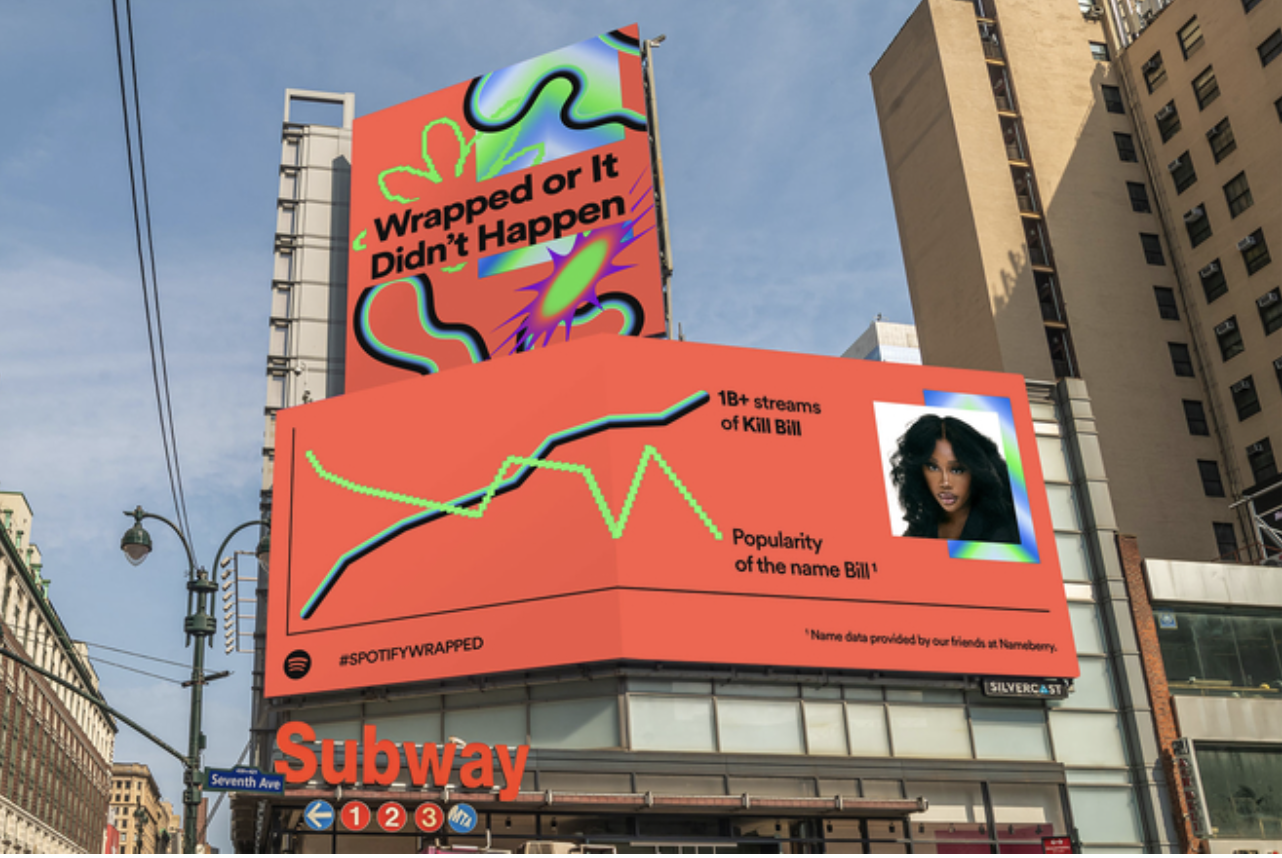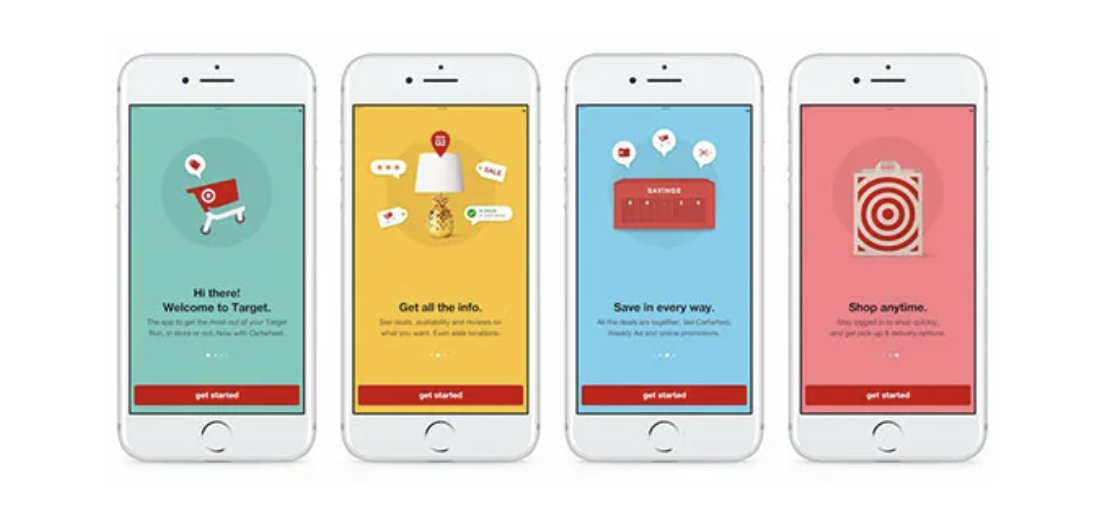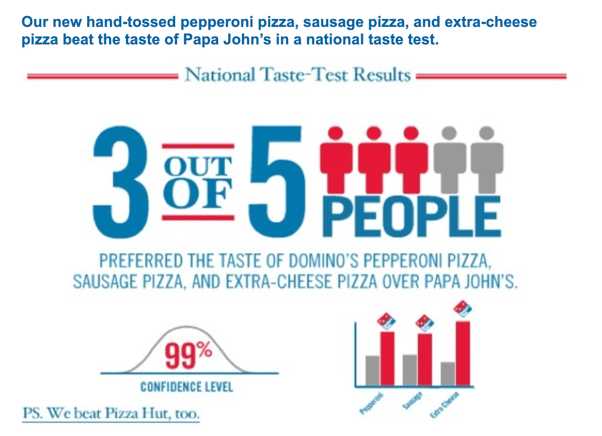Have you ever wondered how Coca-Cola turned a simple beverage into a personalized social phenomenon with its “Share a Coke” campaign? Or how your favorite meal delivery service creates user-friendly designs, making it easy to order your next meal? And how does Liquid Death stand out in the crowded beverage market with its bold and edgy packaging, getting people to take notice and sparking conversations?
These successful marketing efforts all have one thing in common: they started with thoroughly exploring consumer insights and audience research.
These brands could exceed their target audience’s expectations by understanding their preferences, behaviors, and desires. Coca-Cola connected with its customers on a personal level by using their names and transformed its global brand into a more friendly and approachable one. Your favorite food delivery app, which has become an essential part of people’s lives, analyzed user interactions to refine the ordering process, making it more seamless and intuitive. Moreover, Liquid Death differentiated itself from competitors by introducing innovative packaging that stood out among other products and appealed to consumers who value uniqueness.
These brands illustrate the transformative power of consumer insights and market research. By delving deep into what drives and delights their target audiences, they were able to create products and campaigns that didn’t just capture attention—they created experiences consumers wanted to be a part of.
This is the essence of leveraging consumer insights: seeing beyond the data to understand the consumer’s heart enabling brands to build deeper, more meaningful connections with their audience.
Consumer insights represent the deep understanding and interpretations derived from data analysis regarding how consumers interact with products, services, and brands. These insights go beyond numbers or statistics; they provide a narrative or a why behind consumer behaviors, preferences, and motivations. Utilizing consumer insights effectively can significantly enhance a marketing strategy, guiding decisions from product development to advertising campaigns, ensuring they resonate deeply with the target audience.
Definition and Role of Consumer Insights in Ad Research
At its core, consumer insight is a truth about consumer behavior that brands leverage to connect more effectively with their audience. It’s an understanding that impacts how a brand communicates, altering its messages from simply selling a product or service to creating meaningful connections. In marketing strategy, consumer insights help identify not just any opportunity but the most lucrative ones. They guide brands in crafting tailored messages, designing products that fulfill genuine needs, and creating experiences that consumers find valuable through advertising research.
Consumer Insights vs. Data: Understanding the Difference
To clarify the distinction between consumer insights and data, let’s consider them in a side-by-side comparison:
| Aspect | Data | Consumer Insights |
| Definition | Raw numbers and facts collected through research. | The interpretation and analysis of data to uncover patterns and understand consumer behaviors and motivations. |
| Nature | Quantitative and qualitative facts without context. | The why behind data; offers context and relevance. |
| Usage | Collected and observed; used as a base for research. | Applied strategically to influence marketing decisions and actions. |
| Focus | Broad and general; can be about any aspect of consumer interaction. | Specific and actionable; centers on understanding consumer needs and motivations. |
| Outcome | Provides a snapshot of consumer behavior at a point in time. | Generates actionable insights to drive strategic marketing initiatives and innovation. |
While data serves as the foundation, providing the raw information needed to begin understanding consumer behaviors, consumer insights dig deeper. They interpret this data to reveal underlying trends, motivations, and factors driving consumer decisions. This distinction is crucial for marketers, highlighting the difference between knowing what is happening and understanding why it is happening. By leveraging consumer insights, brands can craft strategies that are not only data-driven but deeply resonant with the target audience’s core values and needs.
The Benefits of Consumer Insights
Understanding consumer insights offers brands a powerful tool to fine-tune their marketing strategies, ensuring they reach their audience and resonate with them on a deeper level.
1. Improved Ad Relevance
Consumer insights enable brands to craft ads that speak directly to the audience’s needs, preferences, and emotions. By analyzing consumer behavior, interests, and feedback data, brands can tailor their messaging to be more relevant and engaging to different demographics. This targeted approach ensures marketing efforts are seen and felt, increasing the likelihood of conversion.
Example: A cosmetic brand uses consumer insights to discover that its younger audience prefers eco-friendly products while its older demographic values anti-aging properties. By tailoring its ads to highlight these specific benefits to each group, the brand can engage more effectively with each segment, improving ad relevance and response rates.
2. Enhanced Customer Experience
At the heart of a memorable brand experience is personalization. Consumer insights provide the knowledge necessary to tailor every touchpoint in the customer journey, from personalized marketing messages to customized shopping experiences. Understanding customers’ paths, preferences, and pain points allows brands to streamline interactions, making them more intuitive and enjoyable.
Example: An online retailer analyzes browsing and purchase behavior to customize the website experience for each visitor. Suppose a user frequently buys or browses fitness gear. Their website might highlight new fitness products or offer recommendations tailored to their interests, thus enhancing the shopping experience and boosting customer satisfaction.
3. Increased Marketing Efficiency
With budgets always under scrutiny, maximizing the return on marketing investment is a constant goal. Consumer insights help identify the most effective channels and messages for reaching the target audience, optimizing spend, and improving ROI. Brands can allocate their budgets more effectively, focusing on tactics and channels that deliver the best results.
Example: By examining purchasing data, a beverage company finds that its most engaged consumers are active on social media platforms and respond well to influencer marketing. By shifting more of its ad spend to these channels, the company can increase its marketing efficiency, reaching more of its target audience at a lower cost.
4. Better Product Development
The most successful products solve real problems or fulfill consumers’ genuine needs. Insights into what consumers are looking for, what frustrates them about current offerings, and what they value in a product can guide the development process, making innovations more likely to succeed in the market.
Example: A software company uses feedback from online reviews and customer support interactions to identify features that users find lacking or bugs that frequently cause frustration. By prioritizing these areas in its product development roadmap, the company improves its existing products and identifies opportunities for new offerings that address unmet needs in the market.
Types of Consumer Insights
Consumer insights can be broadly categorized into qualitative and quantitative types, each providing unique and valuable perspectives that, when combined, offer a comprehensive understanding of consumer behavior and preferences.
Here’s a look at how these two types differ and complement each other in ad research:
Qualitative vs. Quantitative Insights
| Feature | Qualitative Insights | Quantitative Insights |
| Definition | Non-numerical data that provides depth and context. | Numerical data that can be measured and analyzed statistically. |
| Data Type | Text, images, videos, and observations. | Numbers and statistics. |
| Collection Methods | Interviews, focus groups, ethnography. | Surveys, polls, website analytics. |
| Purpose | To understand the ‘why’ behind consumer behaviors. | To quantify behaviors and measure trends. |
| Outcome | Generates insights about consumer attitudes, feelings, and motivations. | Provides statistical evidence to support hypotheses about consumer behavior. |
Demographic Insights
Demographic insights delve into specific demographic groups’ responses, preferences, and habits, such as age, gender, ethnicity, income level, and education. Understanding these aspects can help marketers tailor their messages and products better to suit the needs and wants of different segments. For example, a brand may find that its product resonates particularly well with women aged 25-34, leading to targeted marketing efforts that appeal directly to this demographic.
Brand Perception Insights
These insights reveal how consumers perceive a brand, including its values, quality, and positioning, compared to competitors. Brand perception can significantly influence purchasing decisions and loyalty. Through social media analysis, surveys, and focus groups, brands can gauge public sentiment, identify areas for improvement, and adjust their strategies to enhance their reputation and appeal.
Purchasing Data Insights
Analyzing purchasing data helps brands understand consumer buying behavior, including what they buy, when, and how much they spend. This information is invaluable for predicting future purchasing trends, identifying successful products, and tailoring marketing campaigns to encourage repeat business or introduce new products. It can also highlight the effectiveness of promotions and pricing strategies.
Online Reviews Insights
Online reviews offer direct feedback from consumers about their experiences with products or services. They provide honest insights into what customers love and don’t, offering a treasure trove of information to guide product improvement, customer service enhancements, and marketing message adjustments. Brands can use sentiment analysis to systematically assess online reviews, extracting patterns and actionable insights to drive positive change.
How to Obtain Consumer Insights
Gathering and utilizing consumer insights is a structured process that involves several key steps, from defining objectives to implementing strategies based on the insights gathered.
Here’s how brands can navigate the journey of ad research to obtain valuable consumer insights.
Steps in Ad Research
Defining Objectives
The first step in any ad research is to understand what you want to achieve This could range from understanding consumer attitudes towards a new product, gauging interest in a potential service offering, or identifying the most effective marketing channels. Clear goals help design the research methodology and focus on gathering relevant and actionable data.
Data Collection
Data can be collected through various methods, each offering different insights. These methods include:
- Surveys and Questionnaires: These are useful for collecting quantitative data from a large audience.
- Interviews and Focus Groups: Offer qualitative insights into consumer attitudes, feelings, and behaviors.
- Observations and Ethnographic Studies: Provide context and a deeper understanding of consumer interactions in their natural environment.
- Digital Analytics: Track how consumers interact with brands online, offering insights into preferences and behaviors.
- Social Media Listening: Captures real-time public sentiment and discussions around brands, products, or trends.
Analysis and Interpretation
The collected data must be analyzed for patterns, trends, and insights. Qualitative data is interpreted to understand the underlying motivations and attitudes, while quantitative data is statistically analyzed to measure behaviors and preferences. This step transforms raw data into meaningful insights that can inform decision-making.
Implementation
The final step is to use these insights to guide marketing strategies. This could involve refining target audience segments, tailoring messaging to resonate more deeply with consumers, optimizing product features, or adjusting pricing strategies. The key is to apply the insights to enhance the relevance and effectiveness of marketing efforts.
Tools and Technologies for the Collection, Analysis, and Implementation of Consumer Insights
- Survey and Polling Tools: Platforms like SurveyMonkey and Google Forms are used to design and distribute surveys.
- Analytics Platforms: Google Analytics, Adobe Analytics, and similar tools for understanding website and app usage patterns.
- CRM Systems: Customer relationship management systems help segment customers and track interactions over time.
- Social Media Analytics and Listening Tools: Tools like Hootsuite, Brandwatch, and Sprout Social for monitoring social media conversations and sentiment.
- Data Visualization Software: Tableau, Microsoft Power BI, and other visualization tools for making sense of complex data sets and uncovering trends.
Real-World Ad Examples Showcasing the Power of Insights
Consumer insights can transform marketing strategies and lead to innovative campaigns that resonate deeply with audiences.
Here are four real-world examples that illustrate the effective use of various consumer insights.
Case Study: Spotify’s Wrapped Campaign
Demographic Insights to Reach a Niche Audience

Image Credit: Spotify
Spotify’s annual Wrapped campaign brilliantly uses demographic and user listening data to create personalized summaries of users’ listening habits over the year. By segmenting its audience based on music preferences, age, and listening habits, Spotify creates highly personalized content that users eagerly share on social media. This engages their current user base and attracts new users who see these personalized stories shared across social networks.
Case Study: Old Spice’s Rebranding Success
Brand Perception Insights Leading to Rebranding

Image Credit: Complex
Old Spice leveraged brand perception insights to transform its image from a brand perceived as “your grandfather’s aftershave” to one that appeals to a younger, more diverse demographic. Through humorous and highly engaging ads featuring the “Old Spice Guy,” they shifted consumer perception to see Old Spice as modern, vibrant, and appealing to a younger audience. This successful rebranding led to a significant increase in sales and revitalized the brand.
Case Study: Target’s Cartwheel App
Utilizing Purchasing Data Insights

Image Credit: TechCrunch
Target used purchasing data insights to create its Cartwheel app, offering personalized discounts and deals based on users’ shopping habits. By analyzing purchasing data, Target could offer targeted promotions that appeal to individual preferences, encouraging repeat visits and increasing customer loyalty. The app became a hit, demonstrating how understanding and leveraging purchasing behaviors can lead to successful marketing initiatives.
Case Study: Domino’s Pizza Turnaround
Leveraging Online Reviews for Improvement

Image Credit: Pizzaturnaround.com
Domino’s Pizza took a bold step by using online reviews and customer feedback to improve its product. After facing criticism for the quality of their pizza, Domino’s launched the “Pizza Turnaround” campaign, acknowledging the issues and showcasing their commitment to improvement based on customer feedback. This transparency and dedication to quality resonated with consumers, significantly improving brand perception and sales.
Final Thoughts
Integrating ad research and consumer insights into marketing strategies is necessary for brands aiming for long-term success and growth. Understanding and anticipating the needs and desires of consumers can make the difference between a brand that thrives and one that merely survives.
As a global market research agency with offices in ten countries, we are uniquely positioned to help your brand navigate the complexities of consumer behavior and market trends. Our expertise in gathering, analyzing, and applying consumer insights can empower your brand to create marketing strategies that are not just effective but truly impactful.
Whether you’re looking to refine your brand perception, tailor your marketing messages, innovate your product line, or simply understand your audience better, we’re here to guide you through every step.
Contact us today to learn how we can support your market and ad research needs, helping you connect with your audience in ways you never thought possible.




